Guilty Gear Strive is the latest entry in Arc System Work’s long running Guilty Gear series. This series of guides will give players the information they need to excel in the game. These guides will focus on the universal mechanics of the game and also break down each individual character and their mechanics.
Character guides
The following is a list of starter guides that goes into detail for each individual character. Simply click on the photos below to be taken to each character’s individual starter guide.
All art below was provided by Arc System Works.
Guilty Gear Strive mechanics
The Guilty Gear series has a set of unique mechanics that sets it apart from other contemporary fighting games. The information below will break down each mechanic present in the game so players know how to approach every situation in combat.
Upcomer’s Guilty Gear Strive guides use numpad notation. Numpad notation is a universal form of notating fighting game inputs that is able to go past language barriers. It is based off numpads that can be found on a computer keyboard. Five is the joystick at neutral and the numbers branch out from there. For example 236 would translate to down, down-forward, forward in numpad notation.
Basic Inputs
Guilty Gear Strive has a unique set of button inputs. The game has five attack buttons, each with their own uses.
| Guilty Gear Strive input name | Shorthand |
| Punch | P |
| Kick | K |
| Slash | S |
| Heavy Slash | HS |
| Dust | D |
Dust
Dust is a special button in the Guilty Gear series. In Guilty Gear Strive, Dust has three different uses. The generic dust attack is 5D. This move will hit on crouch-blocking opponents. When held down this move will launch opponents into the air, allowing for air combo extensions. The inputs 4D and 6D are the universal back throw and forward throw respectively for every character. The universal sweep input is 2D.
Gatling combination
The Gatling system has been radically changed in Guilty Gear Strive. In past games, this system was the basis for comboing normal moves together in a sequence that focused on escalating the strength of your normals. Now each character has sub groups of moves that can chain together into Gatlings. This sequences are character specific and not universal.

Tension Gauge
The Tension Gauge is found on the bottom of the screen. Each player has their own tension gauge. The tension gauge is increased by doing offensive maneuvers. This includes actions such as moving forward and attacking. The tension gauge is used for Overdrive moves and Roman Cancels
Burst
There are two types of bursts in Guilty Gear Strive: Blue Psych Burst and Gold Psych Burst. Bursts are managed by the burst meter under a character’s health bar. The input for a burst is two attack inputs that are not Dust together.
Players can use a Blue Psych Burst when on the defensive. Using this maneuver while blocking or being damaged will push away the opponent. However, if used at the wrong time the recovery animation will leave players wide open to a counter hit.
Gold Psych Burst also requires a full burst meter. When an opponent whiffs an attack press the burst button to do a Gold Psych Burst. If the burst connects it will completely fill the tension gauge.
Overdrives
Overdrives are the super moves in Guilty Gear Strive. Each character comes with at least two Overdrives. The moves requires at least 50% Tension Gauge to perform. More information about each character’s Overdrives is available in their respective character guide.

Roman Cancel
Roman Cancels are a unique mechanic to the Guilty Gear series. Each version of the Roman Cancel has it’s own effects. This maneuver requires at least 50% Tension Gauge to perform. Roman Cancels are inputted by pressing three attack buttons at the same time that are not Dust, a macro for Roman Cancel can also be bound to a button in the game settings. There are four Roman Cancels in Guilty Gear Strive:
- Red Roman Cancel – The Red Roman Cancel is used when players attack either hits or is blocked. This allows for players to combo a moves together that would have previously not been possible, such as an Overdrive off of a special move. The Red Roman Cancel is vital to high damage combos in Guilty Gear Strive
- Yellow Roman Cancel – The Yellow Roman Cancel is utilized when blocking. This works in a similar way to a burst as it will interrupt an opponent’s attack and push them back.
- Purple Roman Cancel – The Purple Roman Cancel is used to cover a whiff. If players whiff an attack that has a long recovery and will leave themselves vulnerable, a Purple Roman Cancel will slow the opponent down, allowing a safe recover.
- Blue Roman Cancel – The Blue Roman Cancel is used when players are freely moving. This will slows the opponent down and allow players to put themselves in the advantage.
Wall break
At the edge of the screen, if players connect with a combo they can initialize a wall break. During the combo, cracks will begin to appear on the side of the screen and opponents will begin to stick to the side of the screen. After enough hits the wall will break and the opponent will fly through for additional damage. The characters will then transition to a different part of the stage and be reset to neutral. Overdrives performed in the corner will cause wall breaks as well.

Positive Bonus
After a wall break occurs, the player who initiated the wall break will gain Positive Bonus. Positive Bonus allows players to fill the Tension Gauge faster during a short period of time.
Faultless Defense
While blocking in Guilty Gear Strive players can initiate a maneuver known as Faultless Defense. This is activated by holding two attack buttons besides Dust while blocking. A green shield will form around the character, pushing back the opposing player’s attack and negating chip damage. Faultless Defense requires Tension Gauge to use but is a great way to keep an opponent away and get back on the offensive.
R.I.S.C Level
When blocking attacks in Guilty Gear Strive a small meter under the burst meter will begin to fill up. This is the R.I.S.C Level. When the meter is at max, getting hit by any attack will cause a strong counter hit state, allowing for massive damage potential. Learning how to build the opponent’s R.I.S.C Level and open up their defense at max is a key to maximizing potential damage in Guilty Gear Strive.


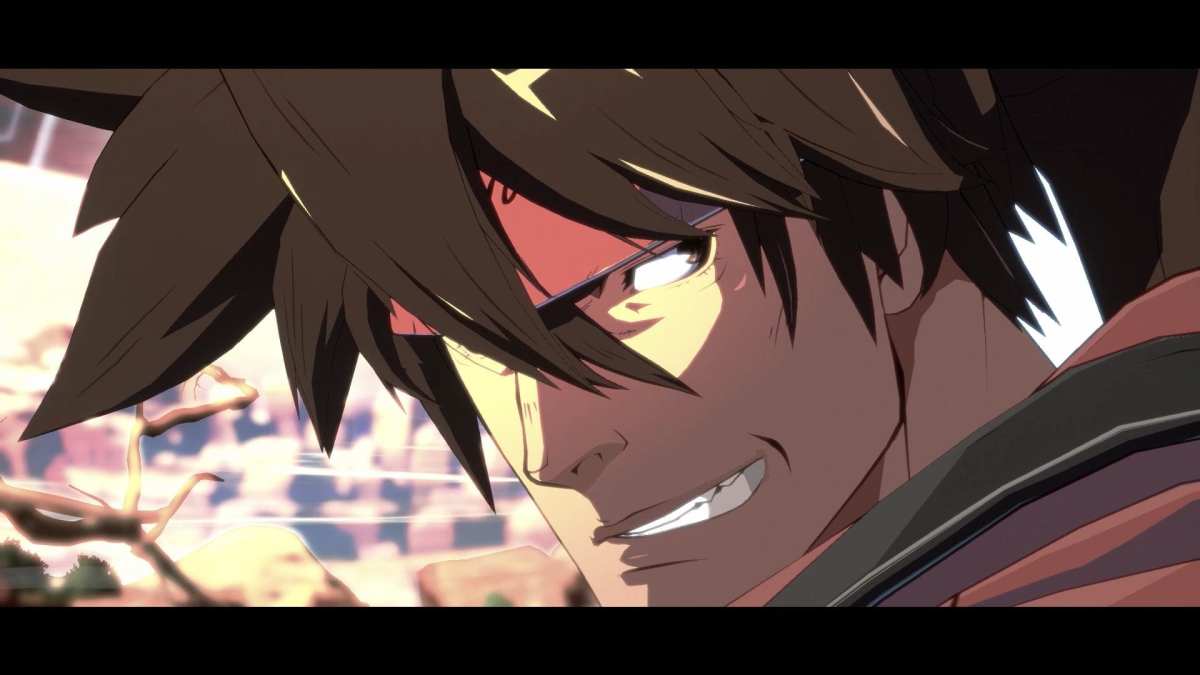















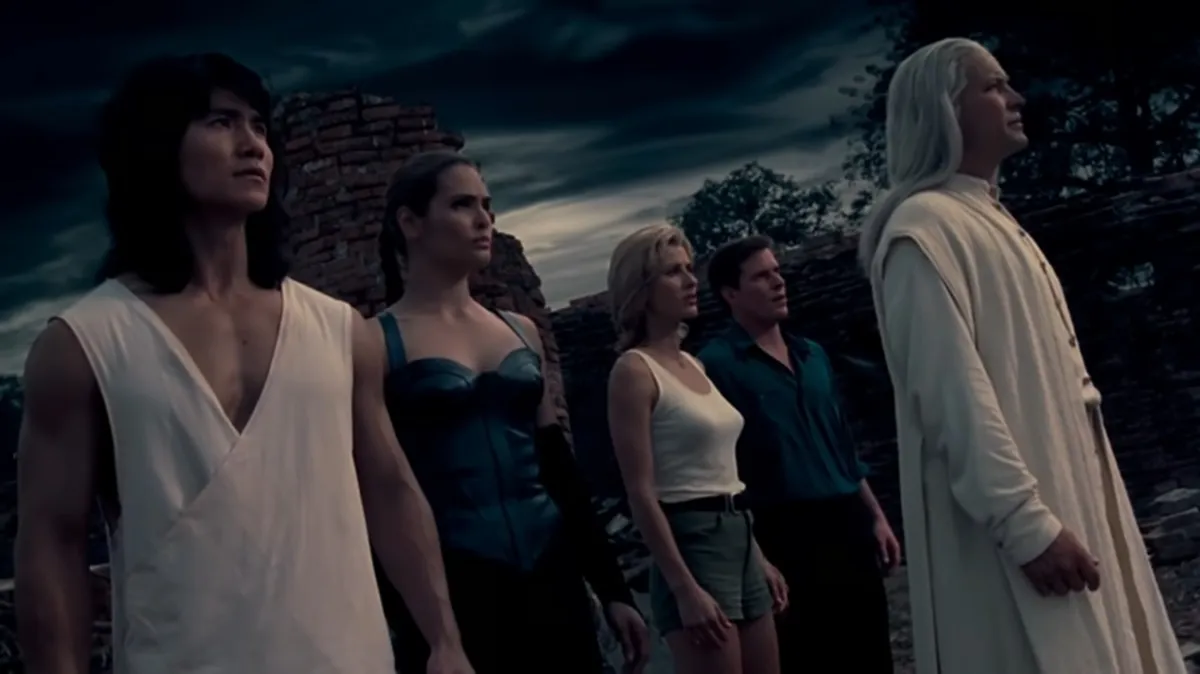

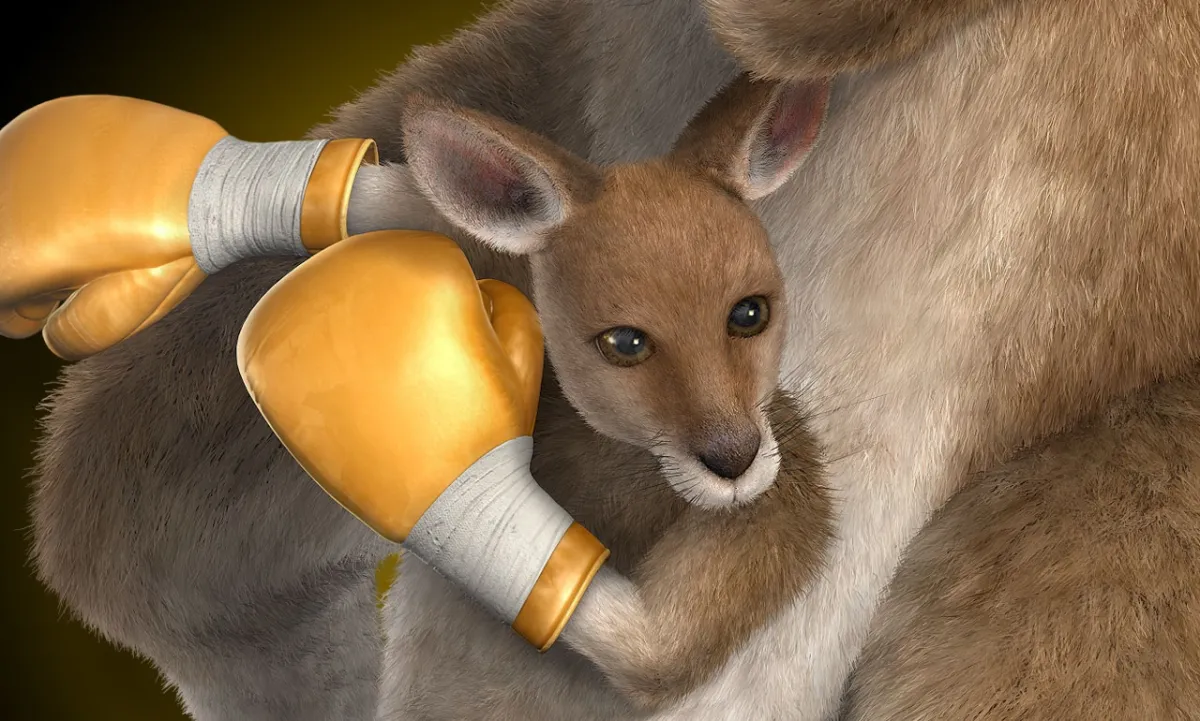
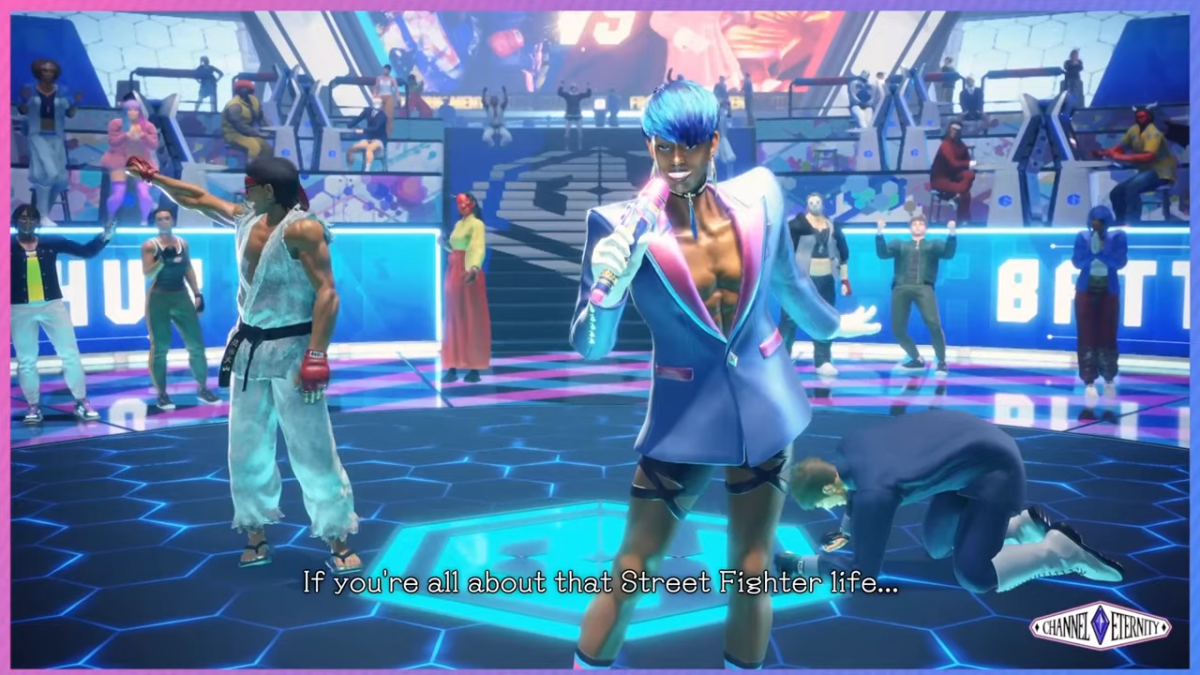
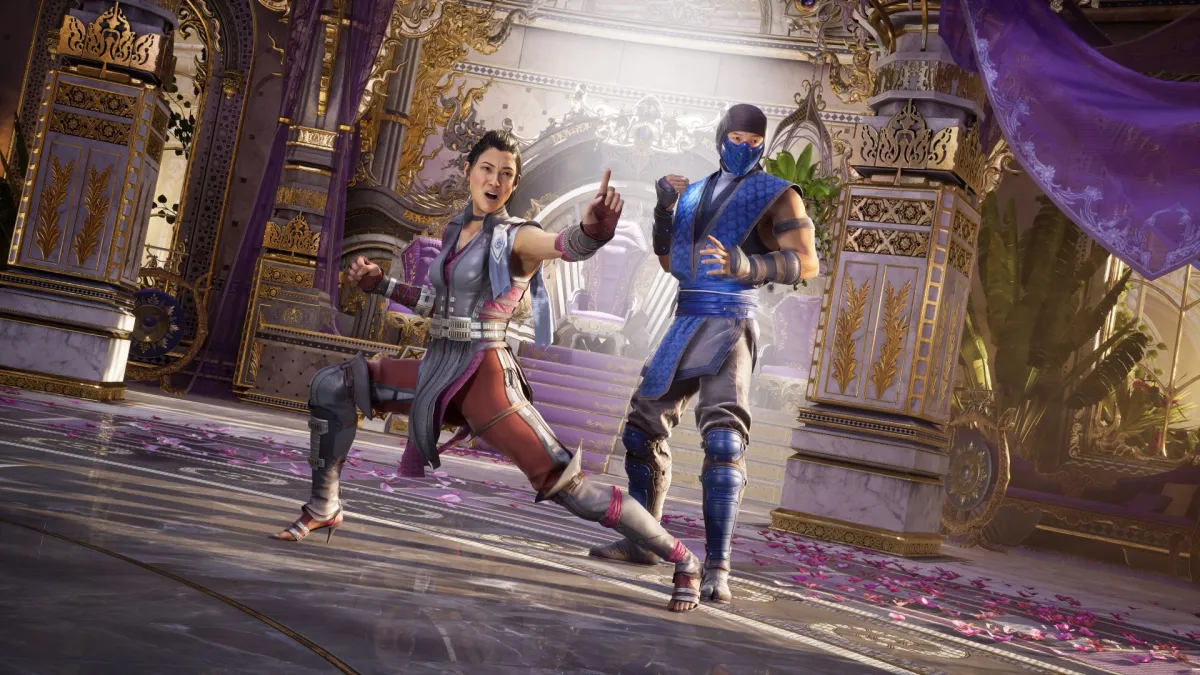

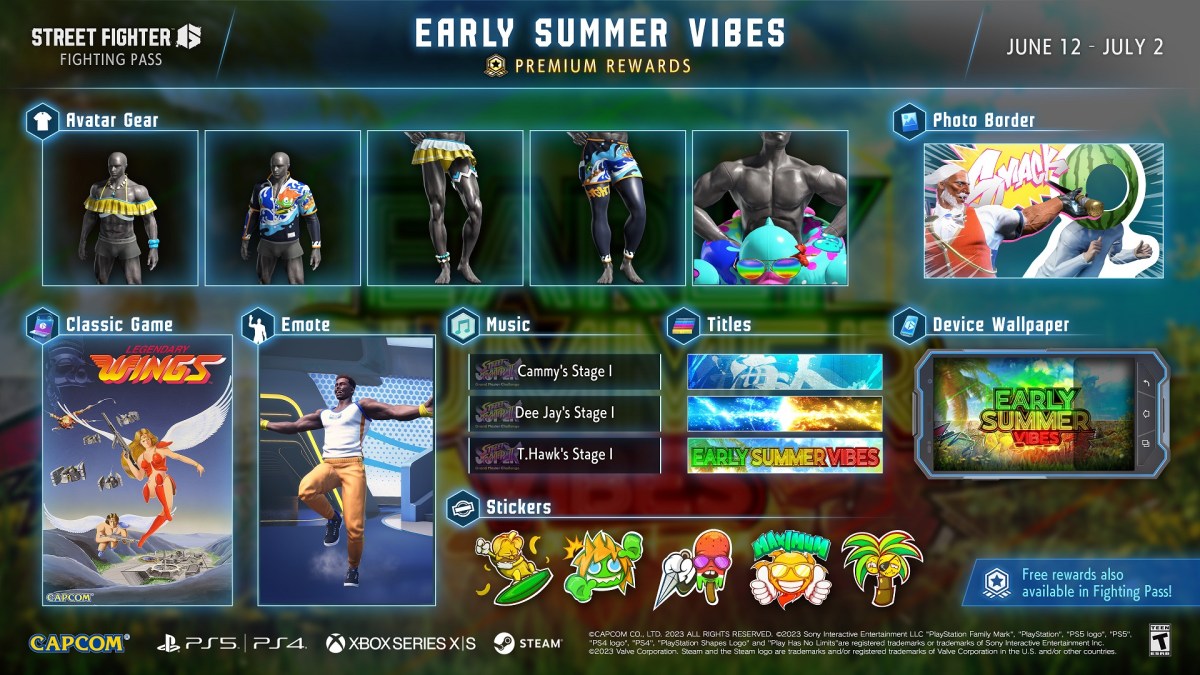
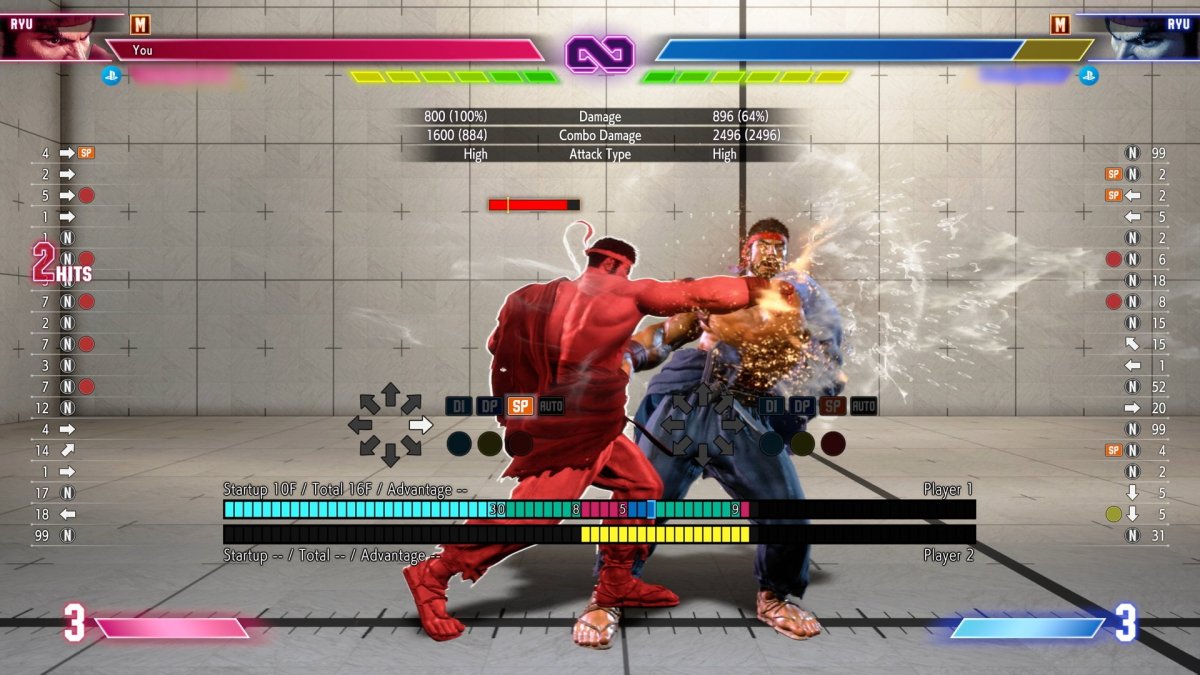
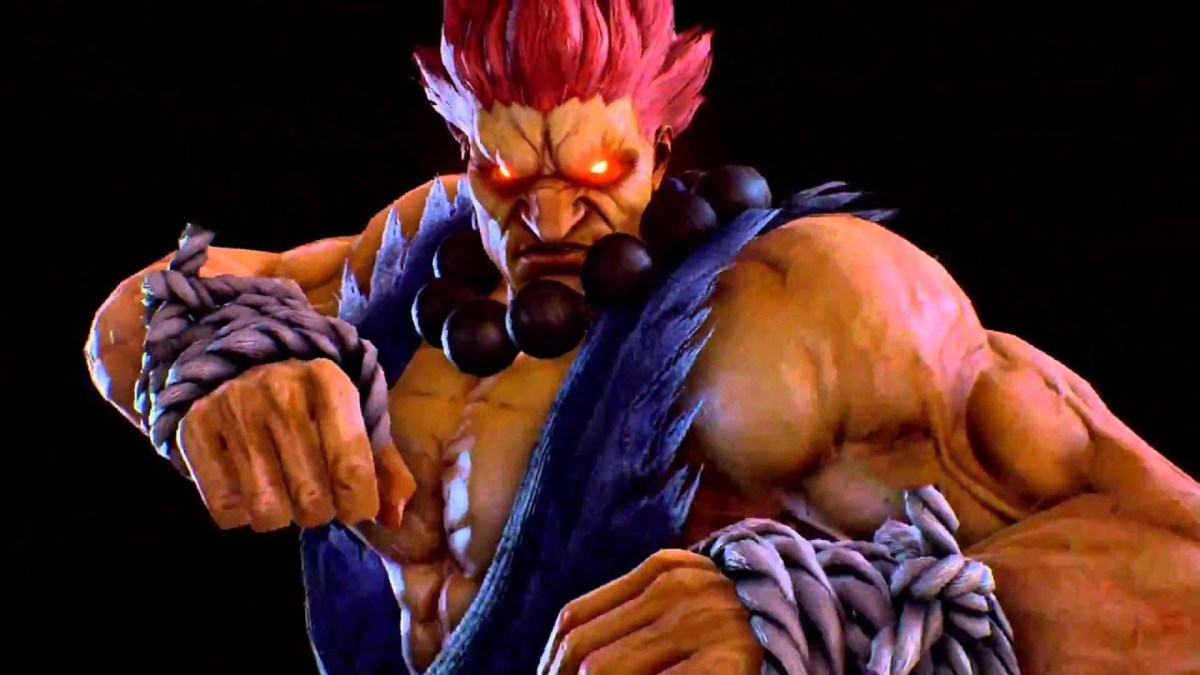
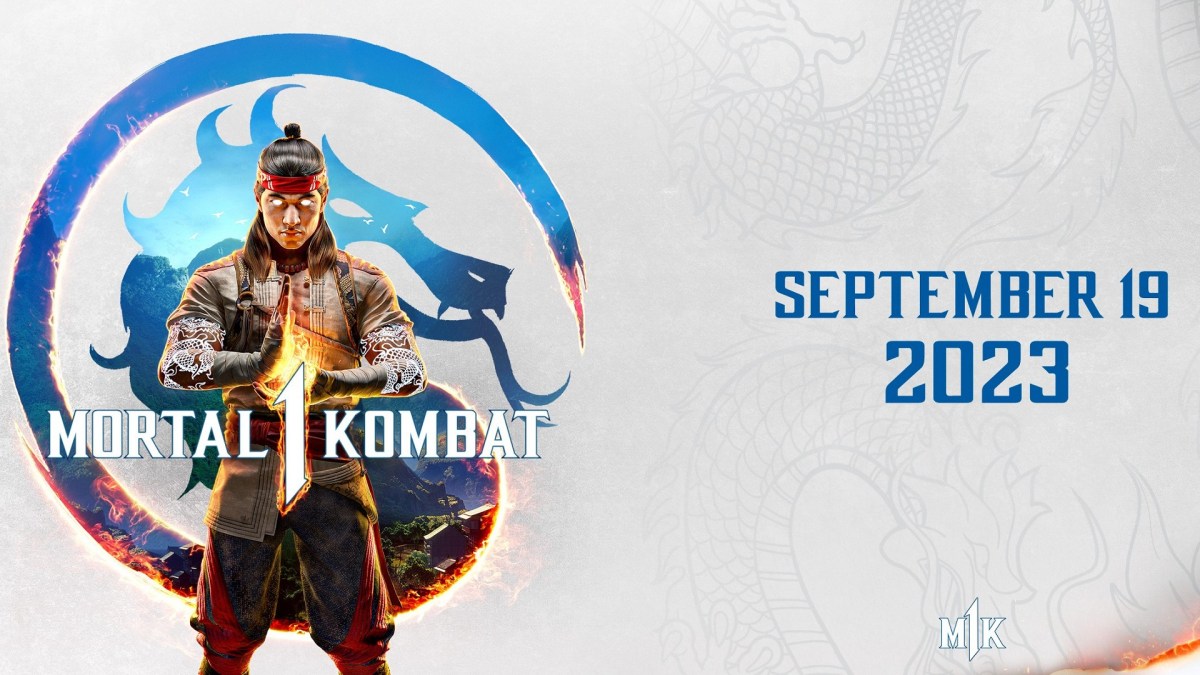

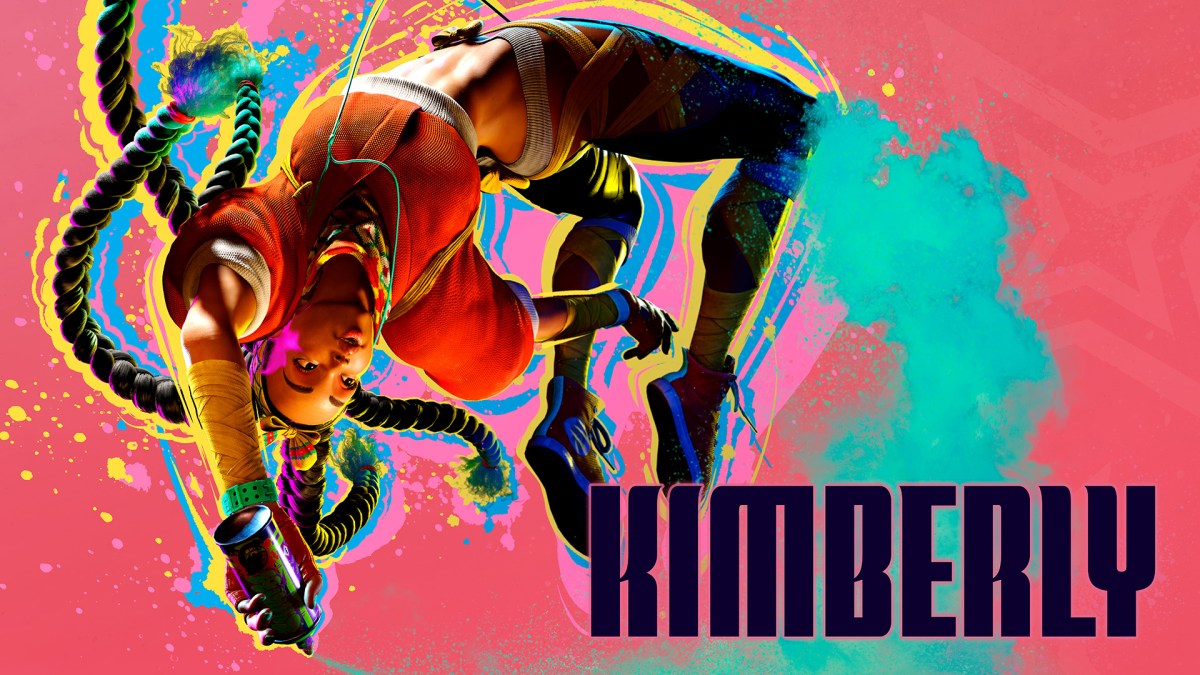


Published: Jun 7, 2021 06:00 pm